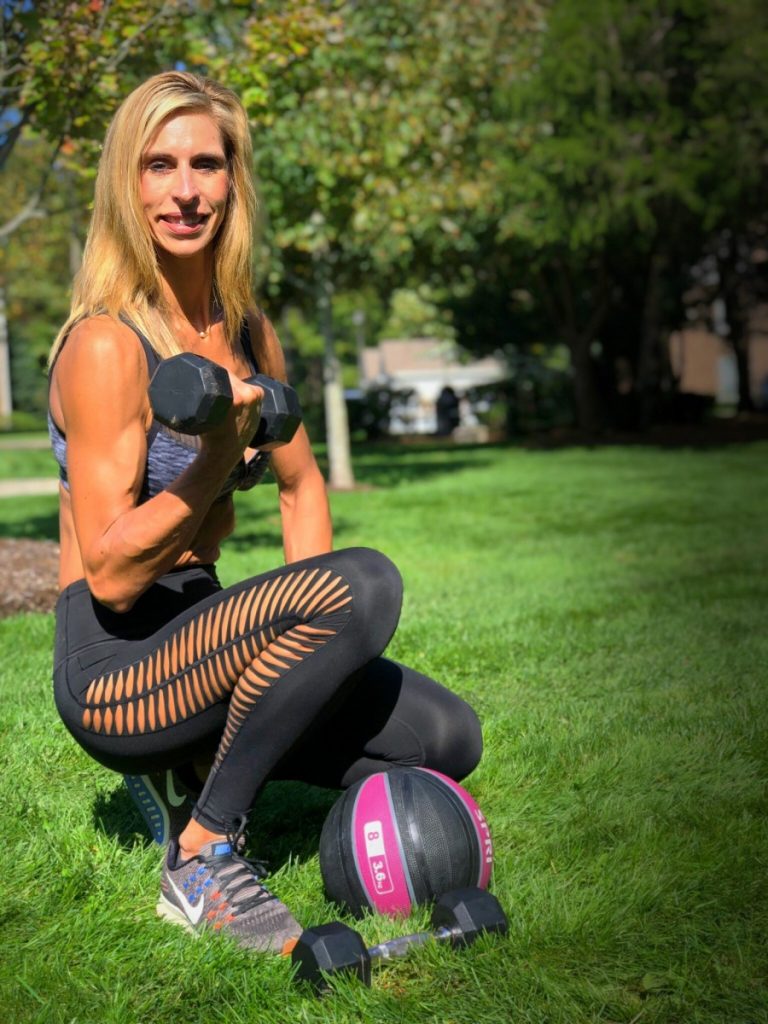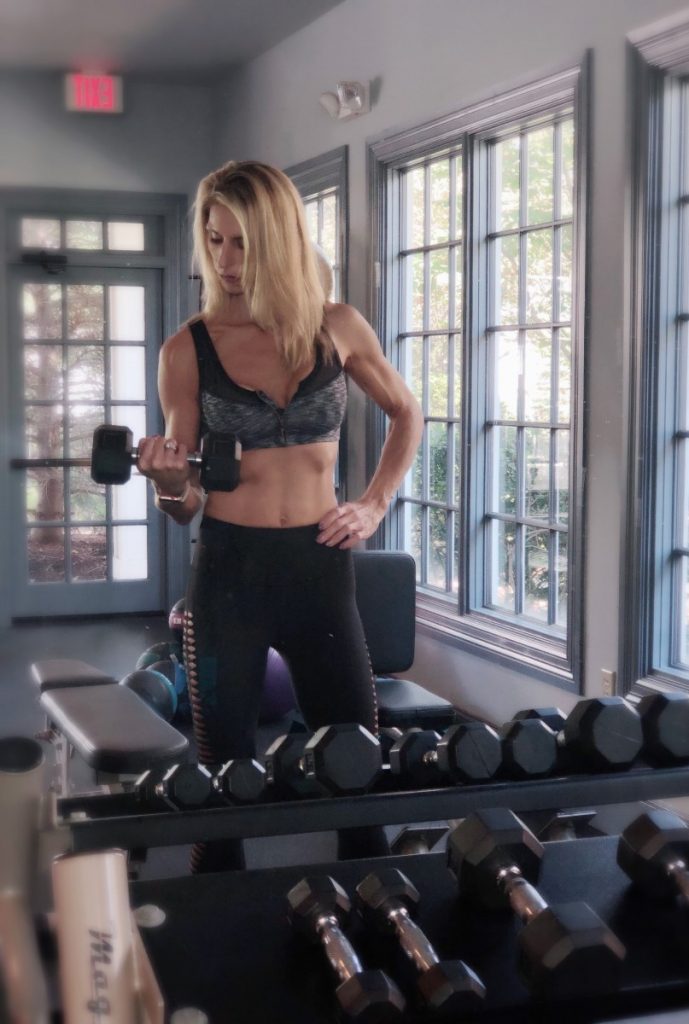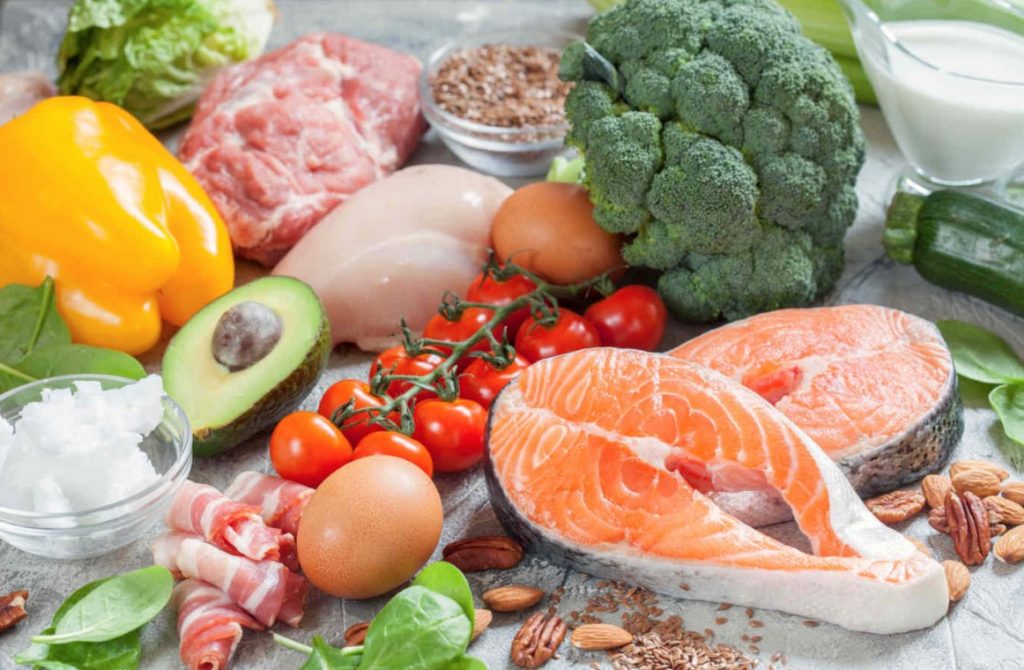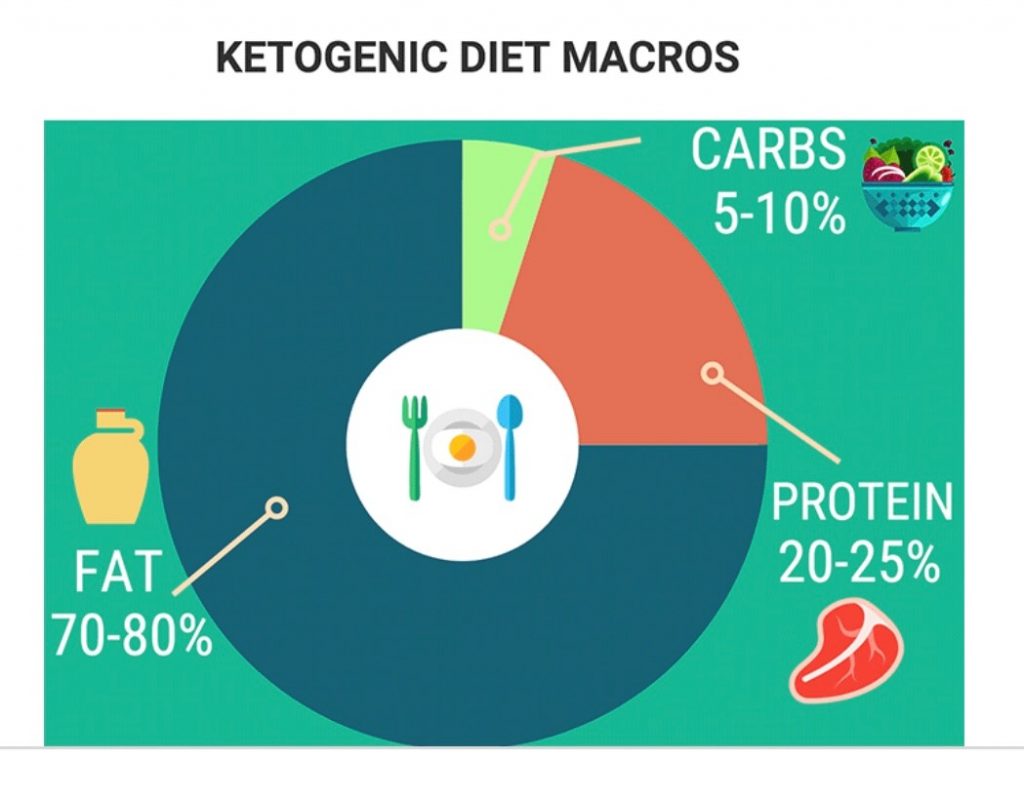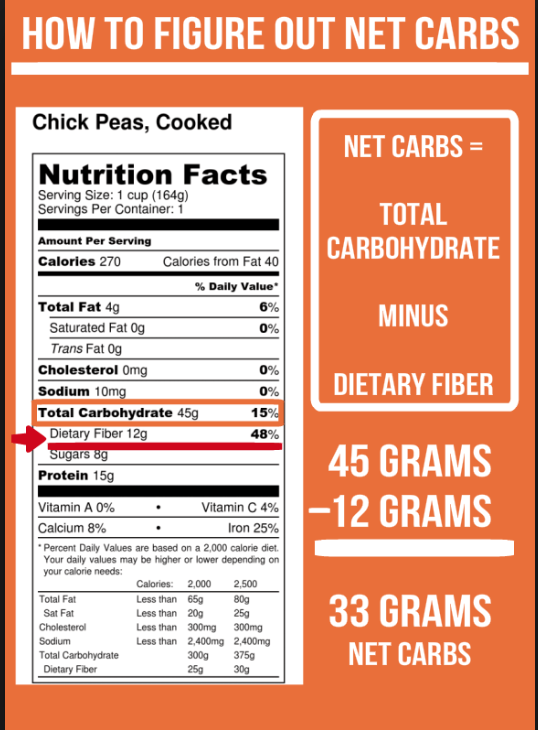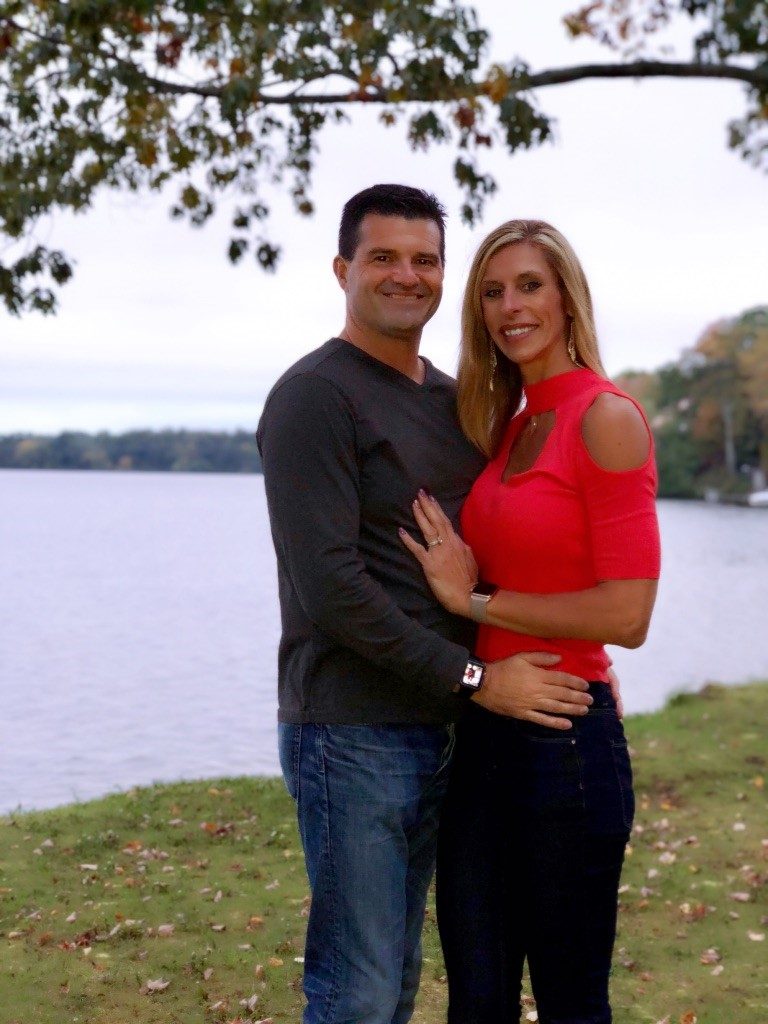My Keto Story
We have all had that special event that motivates us to work toward looking and feeling our best so we can present ourselves in the best possible way. For me, that event was my wedding day.
I am a registered dietitian who is a six-foot-tall woman. I used to weigh 150 pounds. This was not my goal weight for my wedding. So, I started to kick my workouts into high gear. Yet, even as I worked myself into the ground, the scale wouldn’t budge. I went to spinning four days a week, ran three days a week, and lifted weights too. I would even do multiple routines on the same day. Being a dietitian, I counted my calories, I know my macros, I was doing everything right!
And you know what, even as I pushed myself harder I encountered problems. There were times when I would return from a 10-mile run wiped out for the rest of the day. All I could do was lay on the couch, nauseous and depleted. I couldn’t figure out what was going on with my body.
I had the proper nutrition; I know what I’m doing, why is it that I feel this way? No matter how hard I tried by balancing diet and exercise, I just couldn’t drop those 10 pounds to go from pretty good to a “wow!”
We all have those clothes that make us feel special when they fit just right. Unfortunately, it’s unforgiving to be a woman. It just is how it is. We can argue about it, but if you’re a woman, even more challenging as a tall woman, you’re trying to keep it all together and be an athlete at the same time.
After exhausting all of the usual methods and ending up exhausted, I decided to try something new. I chose to try the Keto Diet.
I work in a hospital; I work with kids, I understand the complexity of it all. I know Keto works for certain people, with certain health conditions, and I recognize the lifestyle that one has to maintain for the Keto diet. This is not an “Oh I’m going to do it for a couple of weeks” this is an “I’m going to change my lifestyle, and I’m going to move to Keto, I’m all in!” I’m going to skip the cookies and cake and instead I’m going to pure dark chocolate and heavy whipped cream. That is my new sweet tooth, that’s what I am going to do.
So the Keto lifestyle is precisely what I did. Three 3 months later, I was 10 pounds lighter. Six feet tall, lean, muscular, and 140 pounds. Which is great, I like it, and all my clothes fit!
That’s fabulous, but do you know what’s even better than looking good? It’s that I enter a heavy duty boot camp class and sweat it out for an hour, and I don’t need a carb-loaded breakfast that would only weigh me down beforehand. All I take is a cup of bulletproof coffee, and off I go!
After that crazy hard class, you know what I did? I went to a vigorous spin class. And when all was said and done I felt great! I didn’t have that sugar and carb crash that used to leave me wiped and nauseous. I power through it. And on some of those days when work has me running around and crazy, if I don’t get to lunch it’s okay, I make it through. Maybe I grab a handful of nuts, but I’m not starving because the Keto is working.
We all have extra fat on us, but when you depend on glycogen (carbohydrate storage) the muscles can only store so much of it and when the body can’t keep up with the burn rate, you crash. There is no way around it, there is no chemistry that gets you there unless you eat more food. However, with Keto, it works. Because as we know, we all have extra fat. There is enough fat all around your body to get you through the next 4-6 hours. There just is.
Here is the serious point and it’s not a joke- there is no “I’m going to do Keto today and then eat french fries tomorrow.” That’s not how it works. You are either in or you are out. It’s not complicated. But you know what, if you are in, there is a lot to love.
For example, I wake up in the morning, I have my bulletproof coffee, I melt in some grass-fed butter, mix in a little coconut oil, and sweeten it up with stevia, and it rocks! Then I go for my run, I come back, and I have my Keto shake (it tastes darn good), and I feel full! Fat makes me feel full and satisfied. Who wouldn’t want full-fat everything and still lose weight? I know it sounds almost too good to be true, but it is!
I go through my day, typically a hectic, active day; when I come home, I cook up a couple of pounds of bacon, and I have the fatty piece of steak, or I have my salmon with a couple of extra slices of bacon with a handful of cheese and butter on it, it tastes fantastic! I get all the greens I want; they taste delicious.
I do miss the random french fry or the random chip. But you know what? All in all, it’s worked out, it’s a good deal. If I’m going to make a trade, it’s a good trade. And it’s a lifestyle that nine months later I’ve done and will continue to maintain because I love it!
Not only do I love it because I feel better and look better, but I perform better athletically. I was not only able to look the best I ever have on my wedding day, but I can maintain a physique that most achieve just for short spurts in time for photo shoots or fitness competitions.
So now that you have heard my personal story with Keto lets talk about what the Keto diet is and how it works.
Understanding The Keto Diet
The Keto diet is a high-fat, low-carb, and moderate protein lifestyle, that limits carbohydrates to no more than 50 grams per day (the rough equivalent of 1 cup of cooked pasta). The Keto diet forces the body into a state of ketosis where the body uses fat for fuel instead of carbohydrates. This happens when your body becomes incredibly efficient at burning fat for energy and turns fat into ketones in the liver, which conveniently is the power supply for the brain as well.
This diet first became popular almost 100 years ago, by Dr. Russell Wilder, MD, at the Mayo Clinic, as a treatment for epilepsy, especially in children. The diet used in the medical world is a diet that uses a 3:1 or 4:1 ratio for fat to protein and carbohydrates combined. This is a much more restrictive diet than the adapted Keto diet for weight loss and improved athletic performance.
In essence, it is a diet that changes the way that the body uses energy by converting fat into fatty acids and ketones in the liver. Most cells in the body prefer to use glucose which comes from carbohydrates as the main source of energy. However, in the absence of circulating blood sugar from glucose, we shift to breaking down stored fat into molecules called ketone bodies (ketosis). This shift typically happens over two to four days after eating less than 50 gm of carbohydrates per day. It is important to remember that everybody is different and this shift may require stricter adherence to the diet to start producing ketones.
Understanding macronutrients is key to being successful with the ketogenic diet. The three macronutrients (macros) that we need to calculate are fats, carbohydrates, and protein. The majority of daily calories comes from fat equaling 70-80% of total calories, 20-25% of calories from protein and 5-10% of calories from carbohydrates.
Of these carbohydrates, fiber plays a big role. You can find this on nutrient labels where the total carbs are broken down into fiber and sugar. Given fiber does not impact blood glucose, it is subtracted from the total amount of carbohydrates to get “net carbs.” It is important to note that when starting your total net carbs should not exceed 20 gm/day.
In addition to macronutrient ratios, the frequency of eating can also influence ketosis. More specifically, a practice called intermittent fasting, which restricts the window of time that one eats throughout the day also forces our bodies to access energy from fat stores.
And that my friends is what is to come next! Stay tuned for my future article on intermittent fasting!
Thanks for reading!
Amy E. Daniell, RDN, LDN
Amy Daniell is a registered, licensed dietitian nutritionist that has been practicing in Southern Massachusetts and Rhode Island for the past 20 years. She received her Bachelors of Science in Nutrition and Dietetics from the University of Rhode Island and completed her Dietetic Internship for Sodexo at Southcoast Health in Southeastern, Massachusetts. She is the Pediatric Oncology Dietitian at Hasbro Children’s Hospital a division of Rhode Island Hospital and the regions premier provider of pediatric clinical care. Amy also runs her private practice out of Southern Massachusetts where she has an expertise in weight management. However, she sees clients with a wide variety of health conditions and nutrition needs. Amy has dedicated her career to helping individuals of all ages achieve optimal health. She helps her clients to improve their relationship with food and their bodies while attaining their individualized goals. Amy has also partnered with a premier health club in Mansfield, Massachusetts, TheNRG Lab Fitness & Performance Center where she helps her clients achieve optimal nutritional performance. She provides individualized dietary counseling to her clients and is dedicated to helping them reach the results they desire. Amy accepts insurance coverage for her services from several insurance policies including Blue Cross Blue Shield, Harvard Pilgrim Health Care, Cigna, AETNA, United Healthcare, and Tufts Health Plan. You can contact your insurance carrier to see if your health plan covers nutrition counseling sessions with a Registered Dietitian.

